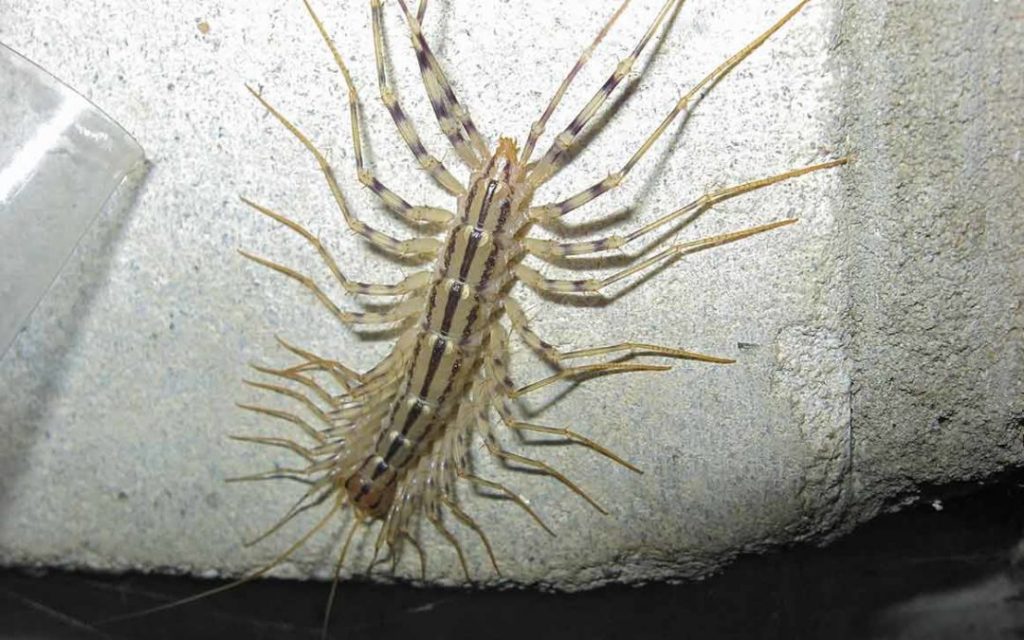Things you didn't know about Black Legged Ticks

Black legged ticks are also know as Deer Ticks because the white-tailed deer is the main host of their adult reproductive stage. With a wide distribution across the Eastern United States, the black legged tick has been relentlessly spreading into South Eastern Canada, moving also into North Western Ontario. The Western Black Legged Tick occurs along the U.S. Pacific coast into Southern British Columbia. Both black legged ticks are vectors of Lyme Disease.
Lyme disease can have serious health consequences if left untreated. Ticks are very small and sometimes hard to see. They can range in size from a poppy seed to a small grape ( when engorged ). Blacklegged ticks have no white markings on the large part of their bodies. They do not jump or fly, but attach themselves to humans or animals passing by. As tick bourne diseases peak in June and July of each year, it is probably most effective to apply treatments in May to reduce disease transmission. However, as Jim Miner from Burlington Pest Control points out, ticks are also active in late fall and can be active even after a moderate to severe frost. It is still possible to contract Lyme disease in the winter months. Therefore it is wise to stay vigilant about controlling populations of blacklegged ticks.
The treatment should be applied along the perimeter of properties, 2 to 3 feet into lawns, and in shaded plant beds. Keep decaying plant materials away from your living areas. By taking the right precautions, you can protect you and your family from Lyme disease.
If you have any questions about Blacklegged ticks or any other pests in the Hamilton and Burlington area, the experts at Burlingtonpestcontrol.ca are here to help. Please visit our website to find out more or contact us to schedule treatment.




